THAIER HELAL
 THAIER HELAL
THAIER HELAL
Authors: Jules McDevitt, Maymanah Farhat, and Farouk Yousif
Arabic translation: Nesrine Chahine
Editor: Maymanah Farhat
Designer: Diala Sleem
All rights reserved
ISBN978-9948-22-628-4

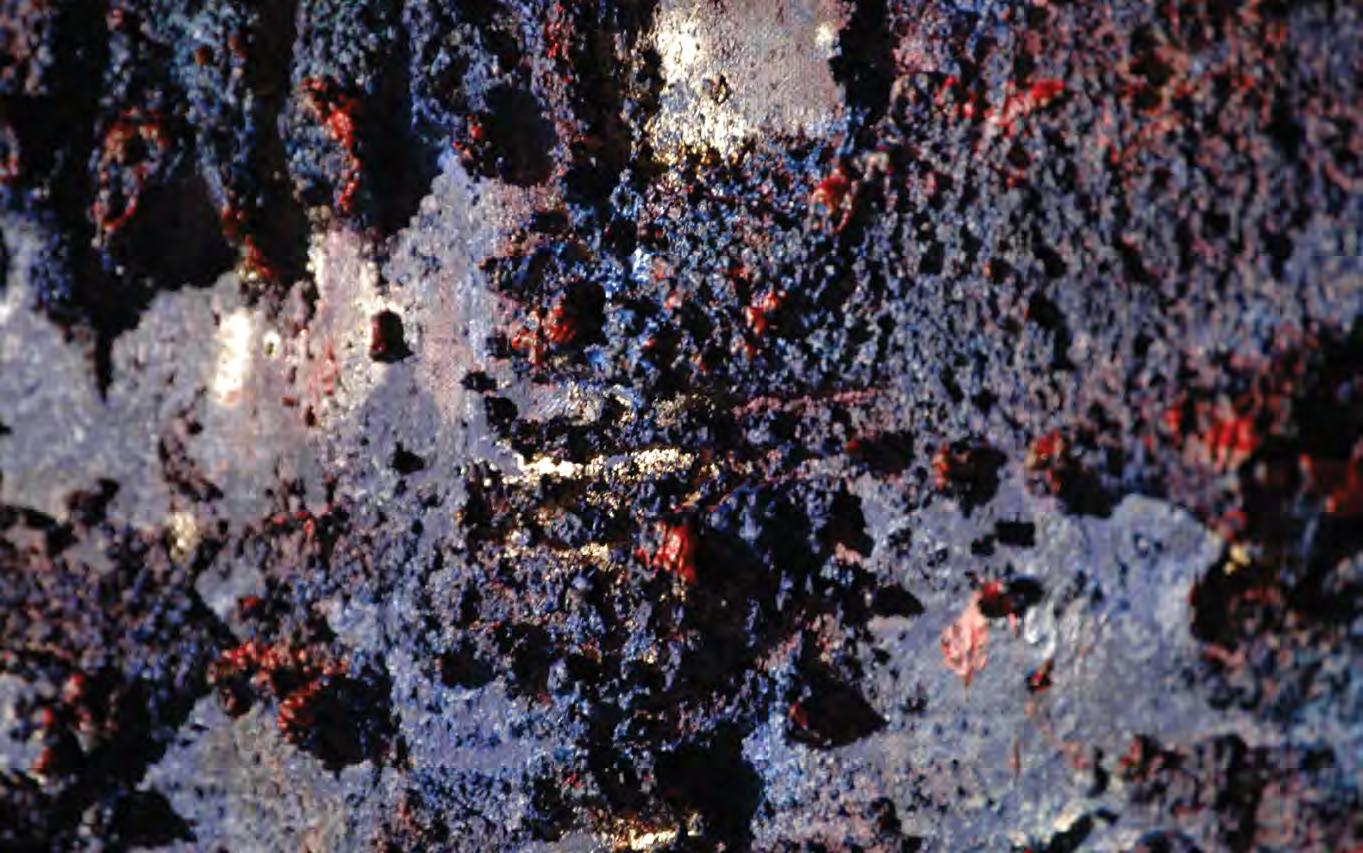
Thaier Helal: Vividly Abstracted
 By Jules McDevitt
By Jules McDevitt
Having developed an idiosyncratic approach to painting over a long career of experimentation, Thaier Helal’s ethereal canvases reflect his esoteric view of the world, through a distinctly abstract style. His introspective musings on matters of science, spirituality, politics, and the relationship between man and the natural world make up the subject matter of his work.
To truly understand the work of an artist such as Thaier Helal one must have insight into the world that shaped and still continues to shape him. His, on the surface, was an unconventional start; born into a farming family in the southwest of Syria, he was destined for a pastoral life much like that of his father’s and his father before him, yet very early on the child’s extraordinary artistic talent and curiosity became apparent, much to the confusion of his family and peers. Theirs was not a life that incorporated much academic learning or even a significant understanding of a life outside of their rural existence.
The young Helal’s uncontainable curiosity and limited exposure to art through magazines, sometimes featuring the work of artists, available throughout Syria at the time, led him to adopt a double life. Clandestine outings to museums in Damascus introduced him to a world outside the mountainous agricultural area he was growing up in. This whole new world coupled with an innate understanding and appreciation for the nature surrounding him, planted the seeds that began to evolve into the artist’s celebrated style:
When you grow up in a place like that nature is inside of you, you see everything in a certain way, a certain light.
It is with great pride that the artist reminisces about the land of his birth. The region is famed for its diverse cultural influences and historical importance. The ancient town of Maaloula, built into the rugged mountainside, lies close to Helal’s village. Known for being one of the last places on earth where Western Aramaic is widely spoken, which is believed to be linguistically close to the dialect spoken by Jesus Christ and his earliest followers, the artist cites his close proximity to this extraordinary multi-faith community as being hugely influential to his psyche:

The historical importance of Maaloula is so significant to me and to all of the people living around it, including the Muslims, we all realise how special this place is. I think coming from this region made me want to explore the world.
Despite the cynicism of his family who were deeply concerned with the practicalities of Helal becoming an artist, he enrolled at the Faculty of Fine Arts at the University of Damascus. There he encountered other students and artists for the first time. Mahmoud Hammad, a renowned pioneer of modern Syrian art, made the biggest impression on the young artist, who had zealously followed his career. Hamad quickly recognised the young artist’s burgeoning skills and nurtured his talent, giving Helal the reassurance that he so needed to continue on this difficult path. It was also at the Faculty of Fine Arts that the young artist was introduced to the history of art, most notably the complete gamut of international movements of the twentieth century, in addition to Arab modernism, which would significantly shape his future work.
On moving to Sharjah in the early nineties, the artist left a world rich with artistic tradition and history to continue his practice in a markedly unfamiliar environment. In the United Arab Emirates, he finally had the resources and support that enabled him to concentrate on his artistic practice. There, he interacted with a small but active group of local artists—it was the pioneering conceptual artist Hassan Sharif who encouraged him to experiment and inspired his tenacious work ethic.
It was during these early years in Sharjah that the artist’s distinctive style began to emerge. The repetition of patterns and forms became a distinguishing feature of his work. Helal recalls his early fascination with the migratory patterns of birds, the matrix of cells contained within a single leaf, the complex structures of the segments within a single piece of fruit:
As a small child I remember tearing open a freshly picked pomegranate that had been grown on our land. I remember thinking what beauty! This is what life is, all this perfect repetition created by nature.
This fixation with repetition can be seen throughout the artist’s body of work. Often inserting a grid onto the canvas with each square section containing a form similar to the last, these forms can be painted or made up of small objects. Other works show a progression from the visible grid to a looser framework for the repeated forms. This variation can be observed in his 2010 Liberated Spatiality series. Here, we see that Helal’s only constraint is the size of his canvas. He breaks free of this physical limitation by often using multiple canvases and continuing the pattern almost seamlessly from one to the next. In theory, the possibilities are endless, leaving room for the viewer to envisage even further development.
Notably this idea of an ‘infinite’ pattern references another influential tradition on the artist’s work. The decorative arts of the historic Islamic world are generally made up of uniconic motifs and repetitive patterns due to the belief that figurative representation is blasphemous in religious contexts. Geometric design, arabesque pattern, and calligraphy have universally adorned almost every surface available from large architectural elements to miniature Koran covers. These aesthetic bases have led countless Middle Eastern artists to draw parallels between the formalism of Western movements such as Abstract Expressionism, Constructivism, and Cubism and the intrinsic abstraction of Islamic art.
Using a sophisticated and nuanced palette, Helal uses dramatic variations in colour from one canvas to the next to convey particular subjects, atmospheres, or emotional states ranging from the subtle to the bombastic. Coupled with this is the artist’s use of mixed media. Not satisfied with the level of depth and texture created by paint alone, he uses materials such as powdered paper to give the canvases a dynamic threedimensional quality.
The artist’s process is a lonely one; he spends much of his days as a professor at the Fine Arts College in Sharjah, generally leaving his nights free for his own work. Sometimes not finishing until the early hours of the morning, he often uses a spotlight in his otherwise dark studio to enable him to create depth and complex surfaces on his canvases.
Working on several projects at a time, Helal admits that working in pure abstraction takes a toll on him mentally:


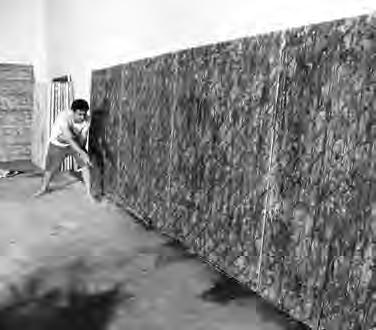
I work really hard and so much of myself goes into them that I need to distract myself with other projects, I constantly need to be creating.
These works take many forms, some are canvases illustrating painterly landscapes and figures; others are object-based works. A recent series sees the artist adopting the technique of silk screening; picking up from his 2012 series In Army We Trust, which explored themes of martial structures and power, and an army’s role in modern society.
Sometimes I don’t know what my role is, am I an artist, a philosopher, a social commentator?
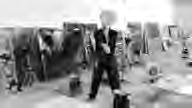
Made In Syria borrows iconic images from the conflict in Syria, sourced from newspapers or the Internet. Helal prints these images onto various objects that are manufactured or produced in Syria. One work from the series printed on seven tambourines depicts various ominous silhouettes from the conflict. A helicopter and a fighter jet drop bombs on unseen targets, a group of curious onlookers gaze up at the sky, a military tank manoeuvres into view and perhaps most chilling of all, the lonely figure of a young infant runs into the distance:
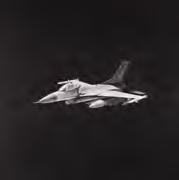
These are images that are all too familiar to every Syrian whether they live in Syria or not. Collectively we don’t know what will happen, we have no hope at this point.
The past three years have been particularly difficult for Helal whose family remains in the war-torn country. Continuously watching events unfold through the screens of his television or computer, feelings of helplessness, guilt, and abandonment haunt him and pervade every aspect of his life including that of his work:
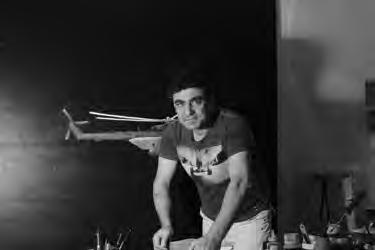


The footage that I see on the news or the images that people send affect me in ways that I cannot describe, when I was young things weren’t perfect but we lived in relative harmony, the Christians the Muslims—Shia, Sunni, the Alawites, I do not understand what has changed.
The artist’s new work still reflects the trauma of recent events in Syria but makes a marked shift away from the more literal depictions of war. Delving into his ingrained memory of more tranquil times, two elemental themes emerge, those of the ‘rock’ and the ‘water’ in the Mountain and River series.
 Untitled, 2012, Mixed media on canvas, 120 x 120 cm Untitled, 2012, Mixed media on canvas, 120 x 120 cm
Untitled, 2012, Mixed media on canvas, 120 x 120 cm Untitled, 2012, Mixed media on canvas, 120 x 120 cm




Having spent much of his childhood observing the dramatic landscape of the surrounding mountains of his village, Helal’s new work takes inspiration from the rugged terrain, the variations of colours, tonality, and shadow from day into night, and the dramatic changes in the land, observed over the seasons.
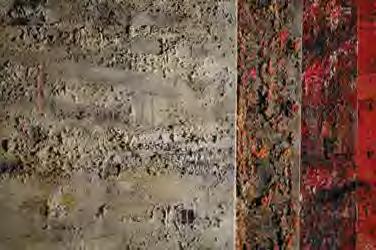
Working from photographs and memory, the artist’s interpretations of this strong, tough, permanent terrain are juxtaposed with his works inspired by ‘The River’:
The rocks of these mountains are so strong and tough and permanent, the river is also strong, but it is so changeable and fluid—I’m so fascinated by the impermanence of it.
Uniquely for the region, Al Asi (or the Orantes River) flows from south to north, a highly unusual feature for rivers in general. Helal uses this oddity as well as the river’s ephemeral nature as a metaphor for his belief that there are many alternative ways in which to live one’s life and more broadly speaking, for the way that society at large can choose a different path of evolution:
I like the idea of the existence of variables within nature… that nothing is set in stone.

In these works the artist continues to use a diverse palette and an impressionistic, painterly style in order to convey the time of day, level of current, and reflections upon the water. Natural elements like charcoal, shells, and leaves are used in several works to suggest life within the river as well as the life surrounding it:
So much happens around the river. Civilisation was born from the river. There is also a lot of life within that environment, a different world to ours.
Thaier Helal continues to be wholly preoccupied by the compulsion to depict a world rich with history, natural beauty, and relentless conflict. As he advances with his contemplative exploration into the depths of his memory he skillfully communicates his vision by presenting an approach to abstraction based on universal sensations.
Maaloula, detail, 2014, Mixed media on canvas, 152 x 183 cmThaier Helal: An Idea of Man and the Cosmos
By Maymanah FarhatIn Thaier Helal’s recent series, impastoed canvases serve as multi-sensory explorations of Syria’s terrain, allowing the artist to figuratively reenter the now war-torn country. Textured strata, gestural brushwork, and earth-tone colour schemes meet in abstracted fields of media that resemble the surfaces of natural environments as resultant patterns delineate organic movement and growth. Created as two distinct bodies of work, Helal’s latest paintings are rendered from memory and indicate a return to abstraction after several years of experimentation with appropriated imagery and found objects.
The artist’s synesthetic works are based on perceptual experiences, and many recall the arid sceneries near his birthplace in southwest Syria. Additional canvases depict other areas or landmarks of the country, which he approaches through photographs when lacking familiarity. In a painting titled Maaloula (2014), for example, Helal captures the spectacular rock formations that envelop the ancient site as a natural fortress at the base of the Qalamoun Mountains. The ridges of the town’s tiered mountainside come together to shield the sepulcher of Saint Thecla, the arches of which are shown behind the entrance of a cave that conceals its frame under a canopy of shifting earthen folds. A groundswell in the foreground of the composition shelters an adjacent monastery. The vigorous layers of Helal’s densely painted landscape evoke the centuries-old legend of the entombed figure, a companion of Paul the Apostle who is said to have escaped persecution after a section of the tableland miraculously split open, offering a refuge. The artist created the work not long after the escalation of the Syrian war led to the bombardment and seizure of the town.

Alongside paintings that portray the rugged clay-coloured facets of the anti-Lebanon mountain range, Helal has produced a series of works in which loose markings, raised applications of media, and the incorporation of leaves and stones describe Syria’s waterways, particularly Al Asi River as it runs through the city of Hama. In large horizontal compositions, automatic brushstrokes fall across evenly distributed sediments of combined acrylic paint, sand, and powdered paper. Greyscale undercoats are overcome by aqua shades of colour, as liquid paths appear to flow before the viewer, passing over mudstones and mineral deposits. Helal’s use of action painting to add finalising details magnifies the dynamism of this initial buildup, as
the artist reconstructs the physical processes that continue to characterise Syria’s topography: generation; erosion; deposition; propagation—landforms in transition. Beneath the mimetic coatings of Helal’s Mountain and River series (2014) are grids that map the compositions of individual paintings. The artist’s neo-expressionist works gradually evolve from these pictorial plots as he seeks ‘rhythmic encounters’ through symmetry and the repetition of forms, a configuration that is comparable to the geometric patterns of Islamic art, suggesting boundless space and time. This compositional element is also reminiscent of seed sowing, as small abstracted shapes are evenly distributed in horizontal rows. Helal attributes his interest in such spatial organisation to lessons from his childhood, specifically the practical knowledge that his family utilised in the maintenance of their large farm on the outskirts of the village of An Nasiriyah. The area’s panoramic landscape, a picture of infinite measure, intrigued him early on; abiding imagery that he continues to conjure up in large-scale paintings and multi-panel compositions.1 There, Helal absorbed what he describes as ‘the code of nature.’ Over the span of his artistic career, he has translated this empirical evidence into aesthetics, rendering observed forms and phenomena as abstractions or signs.
Beginnings

Helal’s perceptive reading of his surroundings and the underlying structure of nature was first fully realised in his paintings of the late 1990s. While training at the Faculty of Fine Arts, University of Damascus a decade before, he excelled at figurative painting and experimented with expressionist techniques. Although seemingly removed from the artist’s later works, such exercises were crucial to his artistic development. An untitled student work, for example, reveals the influence of the college’s teaching staff, particularly Mahmoud Hammad, who initiated the Letterism school of painting in the 1960s. Deconstructing Arabic calligraphy as cubo-expressionists forms, the Syrian modernist painter created floating geometric abstractions that suggest semantic shifts. In Helal’s ink on paper work, drifting, semi-figurative shapes meet in the foreground of the composition, billowing against an abstracted background that fades with tonal variations. Atmospheric bodies that seem to rotate around the centralised surge resemble stones. Additionally, the artist’s brilliant colour range includes silver blues and golden yellows and greens: metallic hues that continue to set apart his palette.

 Thaier Helal Untitled, 1988, Watercolor on paper, 29 x 37 cm
Thaier Helal Untitled, 1989, Ink on paper, 30 x 42 cm
Thaier Helal Untitled, 1988, Watercolor on paper, 29 x 37 cm
Thaier Helal Untitled, 1989, Ink on paper, 30 x 42 cm
Other pioneering artists also taught at the Faculty of Fine Arts while Helal was a student, notably Naseer Chaura, Fateh Moudarres, and Leila Nseir, who taught drawing. Prior to this period of academic training, his engagement with the modernist masters was limited to reproductions in magazines or occasional visits to museums in the Syrian capital where their works were on view. Attending the Faculty of Fine Arts confirmed his ability as an artist despite the objections of his family, who questioned the practicality of a career in painting. Upon graduating in 1991, Helal was accepted to the Académie des Beaux-Arts in Paris but declined the offer in order to practice art independently without further burdening his parents.2
As Helal pursued an undergraduate degree, he began to exhibit in Damascus art spaces with works that reflect the expressionist leanings of late twentieth-century Syrian art.

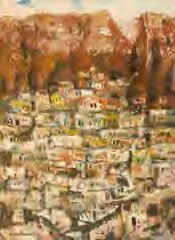
Expressionism allowed local artists to depict reality through sociopsychological filters much like their German predecessors, who sought what Oskar Kokoschka identified as ‘a level of consciousness at which we experience visions within ourselves,’ an awareness of imagery that constitutes ‘life selecting from the forms which flow towards it.’3 Fateh Moudarres, one of Syria’s foremost expressionists, argued that this ‘inner’ realm was a ‘rebel world’ in which figures become tirelessly transformed—the canvas of the painter representing a small part of this playful process. Abstraction was key to Moudarres’ rendering of Syrian subjects, from stylised portraits to expansive landscapes, with colour registering the ‘alchemy’ that ‘operates in every living being.’ For the late artist, abstraction contained numerous mental images, without place or time determinants: crude materials that each viewer must interpret through a subjective lens.4
Helal’s early works utilise colour with corresponding intensity, depicting subjects whose forms seem to dissolve into abstracted areas of highly concentrated hues. In a 1994 untitled acrylic painting, a palette of deep reds serves as the index of a pensive portrait. Turbid brushstrokes swell around the face of a female protagonist whose features are painted with dense applications of medium, emphasising her detached gaze. The artist continued to employ figurative expressionism as his primary mode of representation until he gradually moved towards pure abstraction after relocating to the United Arab Emirates. His interests shifted when he settled in Sharjah and worked as a designer and illustrator, as he felt distant from nature, the initial stimulus of his imagination. Embarking on a series of trials, he experimented with various approaches, destroying many of the results along the way.
Fateh Moudarres ImpressionofTheKalamounHights, 1980, Oil on canvas, 70 x 55 cm
 Thaier Helal Untitled, 1994, Acrylic on paper, 100 x 70 cm
Thaier Helal Untitled, 1994, Acrylic on paper, 100 x 70 cm
The Element of Reality and the Personal Element
While few works from this transitional period exist, Helal retained the aesthetic concerns that underline his early paintings as he arrived at a point of artistic acuity. Working from the theoretical position that abstraction could better serve interpretations of nature given its exclusive reliance on colour, brushwork, texture, and compositional balance (or imbalance), he sought to create a system of signs based on form. Although the historical legacy of abstraction includes examples that utilise nonobjective principles to refer to reality, Helal was in search of a methodology that would allow him to depict phenomena beyond the limits of what the eye can immediately record. In order to capture what might be detected through the remaining senses, he composed a basic framework that not only unified his paintings in concept and form but also produced variations: an evolving picture of nature that considers all its variables.
Some of the first paintings to incorporate the artist’s renewed approach display the methodical divisions of space that would come to define his compositions. In an untitled 1997 acrylic on canvas painting, squarely placed images of a brown and black bird chart alternating actions. Situated against shallow spatial depth and without reference to traditional perspective, the abstract figures are shown flying, landing, and perching, collectively representing the process of flight. Fading earth tones coalesce as a backdrop; shades of black, brown, and blue emerge from the shadows at the edges of the composition and travel towards a central source of light. Such changes in luminosity allude to the passage of time over land or infinite sky, or perhaps a meeting of the two. Sand-coloured areas of the canvas that permeate patches of cool blue can also be read as a rise in temperature.
Subsequent paintings from this phase of the artist’s oeuvre demonstrate his investigation of texture. In a series of small works on paper created in 1998, acrylic paint is liberally applied in order to achieve tactile surfaces from which the volume and mass of earth and water seem to slowly rise. Executed in a warm, airy palette, the paintings bring to mind the radiance of the sun in the afternoon. Although resembling swathes of an environment that have been selected at random, the compositions can be viewed as complete landscapes, details of scenes to be finalised in the mind of the viewer. With such palpable imagery, Helal appeals to the place of memory and the associations that arise.
As the painter increasingly explored the aesthetic possibilities of emphatic brushwork, he began to employ form to denote what cannot be experienced by touch. Helal returned to the image of a bird in flight in the mid 2000s, and portrayed the animal as though comprehended with different methods of perception. In paintings that show the creature in vertical takeoff, for example, colour fields appear to vibrate behind roused silhouettes as brisk brushstrokes cut through uniform spaces, signifying sonic impressions. Square lattices are painted over a number of works, enclosing the recurring creature. Mirroring the artist’s previous paintings, the restricted spatial depth of these compositions directs the viewer to the thrust of the bird and its multicoloured contours. As Clement Greenberg observed in the seascapes of Gustave Courbet, the use of such relatively flat compositional space provides access to the ‘intangibility’ of nature, the inanimate things that can only be recreated in painting through ‘colour texture.’5
During this time, Helal also probed the intangible by merging the physical characteristics of a given scene with its living elements and environmental conditions in non-objective compositions that visually reproduce natural phenomena. In such works, the basic formal properties of painting (space, structure, texture, line, and colour) are assigned to each component in order to recreate sensory experiences. A snow-covered field in the diptych Snow and Trees (2008), for example, is painted as an undercoat of grey and white while black squares spaced across the canvas represent perennial plants and are covered in controlled white markings rendered through action painting. Colour is used to signify both the time of day and season, in addition to temperature; space and structure outline the setting; and the lines and textures of the artist’s brushmarks describe snowfall as it rests on the branches of trees. The work’s imagery is based on his recollection of winter landscapes near An Nasiriyah and the sensation of driving past fields blanketed in snow. The paintings that belong to this body of work, although executed in complete abstraction, can be viewed as landscapes, if one keeps in mind the definition set forth by Octavio Paz. A landscape, wrote Paz, ‘is a metaphysic, a religion, an idea of man and the cosmos;’ Helal’s abstract paintings reveal its unique rhythms while excavating its intrinsic organisation.6
The artist’s conceptual treatment of sensory stimuli eventually led to compositions in which other living systems are examined. Using photographic studies or images taken from news media as inspiration, Helal identifies the presence of social structures in animated or spontaneous gatherings. In Ceremony (2008), the events of a performed ritual are compressed as an abstract field of confetti-like brushmarks. Despite the sporadic placement of red, blue, and orange irregular dots that contribute to the outward chaos of the mixed media work, an under-colour of olive green contains faint traces of a thin black grid. The tension that exists between these contrasting elements is also the painting’s primary source of vitality, an apt metaphor for societies in flux.

A Storm of Images
Deeply affected by the onset of the war in Syria, Helal first addressed the conflict by producing a series of works separate from his ongoing experimentation in painting. In comparatively pared down mixed media compositions created between 2011 and 2012, grainy black and white silkscreened images are set against shadowy backgrounds. Extracting photographs of tanks, fighter jets, and soldiers from media outlets and amateur photographs via online sources, the artist reworks their figural outlines as spectral cutouts. Set against stark backgrounds, the mechanisms of war are laid bare. The menacing quality of the series’ pictures is derived from their likeness to mental images, quasi-perceptual experiences that involuntarily resurface, indicating that the war has not only been brought home, but also haunts the mind as phantom imagery. Beneath black curtains of paint that function as backgrounds are matrices of stamplike reproductions of weaponry. In the years that immediately followed the outbreak of armed conflict in his native country, Helal’s aesthetic framework was transformed by ‘a storm of images.’7
Overlapping with the artist’s Made in Syria series are assemblages that contain toys, figurines, or beads attached to canvases in compact rows. When presented in large quantities, the spectacular sight of the gathered objects swallows their banality as miniature, plastic or metal casings reflect light or cast shadows across the canvas. Upon closer inspection, however, the political overtones of the works become clear. In Traffic Jam (2012), for example, the surface upon which die-cast toy military trucks are placed is painted with the same mixed media technique of his previous ‘landscapes.’ The ‘colour texture’ that locates the intangible in his work is replaced by the stuff of warfare.
With the paintings of the Mountain and River series, Helal retreats back into nature, offering a landscape that, although scarred by the recent conflict, possesses the potential for renewal.
1 Nada Al-Awar, ‘Artistic Intuition: The Harmony of Thaier Helal,’ Damascus Calling: Contemporary Art from the Middle East (Damascus: Ayyam Publishing, 2008).


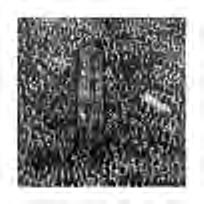
2 Nada Al-Awar, ‘A Quest for Synergy,’ Canvas Magazine, (December 2006).
3 Oskar Kokoschka, ‘On the Nature of the Visions,’ trans. Heidi Medlinger and John Thwaites, Kokoschka: Life and Work ed. Edith Hoffman (London: Faber & Faber, 1947).
4 Fateh Moudarres, ‘In the Labyrinths of the Memory,’ trans. Rania Samara and Jean-Francois Fourcade, Moudarres (Damascus: Galerie Atassi, 1995).
5 Clement Greenberg, ‘Review of an Exhibition of Gustave Courbet,’ The Nation 8 January 1949.
6 Octavio Paz, ‘Landscape and the Novel in Mexico,’ Alternating Current (London: Wildwood House: 1967).
7 Interview with the artist, September 2014.



Thaier Helal: Painting with the Senses
By Farouk YousifAbstraction: Art for Art’s Sake
Magically depicting wonderful and hitherto unseen creatures, Thaier Helal’s paintings impart one of the greatest lessons on art: they promote a type of sensitivity that allows one to absorb the absent beauty of human existence.
It is clear that there is always something happening behind the scenes in his paintings, however, it is difficult for us to arrive at this elusive event. This is a dynamic that Helal never ceases to probe through a kind of abstractionism that goes beyond the conception of art for art’s sake. At the same time, abstractionism is a self-enclosed system: it has a quality that brings us face-to-face with negation. Nevertheless, Helal is an artist who believes in the power of abstractionism against the rude intrusions of reality. He is well aware that his abstractionist technique is only a method that gives form to a genius that expresses itself through the imagination. This awareness is the source of the painterly ease that marked Helal’s works until recently.
He refuses to allow the turbulent and ever-changing qualities of nature to cloud the serenity of the artist’s mood. In his view, painting creates a calm that sets the stage for tempestuous beauty.
Helal doesn’t claim to see everything through the prism of that which he depicts. He is thrilled at the thought that what he sees will motivate his art. At the same time, he sees nature (or reality, for that matter) through his conception of art: an idea that will shroud his work in mystery. He rejects images that are only concerned with the moment and that disregard the meanings they generate. Helal’s memories flow like the currents of the Asi River, whose banks he recently painted. That which he hasn’t seen or directly experienced in its full intensity also has a place in his work.
The absences he produces in his paintings unsettle our way of thinking.
Subjective Time in Helal’s Paintings
Marked by a restrained playfulness, Helal’s imaginative technique enriches the selectiveness of his memories. His works seem to say: ‘I was near the river. Was I then meant to paint in a manner that forces me to produce an exact copy of a river?’ He has never uttered these words himself. However, his paintings convey this unspoken message. No preconceptions separate him from the things that he has seen or from his attempts to convey his observations as a man destined to be an artist.
A melancholy air hangs over his paintings even as they defiantly defend a present embattled with its past. Helal stands between two eras, and his works refuse to belong to either one. His works exist in a subjective time that bears a promise of deliverance. Perhaps because he is not entirely satisfied with painting, his works invite us to think about painting as an attempt to create a parallel life. It is a life simultaneously created by the artist and one that he imagines living in: a realm whose features slip away with each attempt to recall them. That is why his paintings resist every attempt at facile interpretation. Helal prefers difficult meaning to direct explanation and deliberation.
Pigments flow over Helal’s canvas, abundant as the waters of the river, while time stands still. In returning to Thaier Helal’s works from ten years ago—2004, to be exact— we observe a different approach to painting. Then, the daubs of paint were fixed in their place, fearfully watching the movement of time around them. In these works, Thaier was not painting to remember. His memory was closed to the paintings he had passionately laboured over. He was still seeking his individuality as a member of an imaginary collective that championed an aesthetic of material minimalism against the consumerist excess that our current age is enamored with. In this sense, Helal was and is a traditional artist, tending in his work toward refined epitomes by using conventional materials and techniques associated with a rejection of art for art’s sake. At the same time, he insists on a graceful elegance, which he cultivated in his years as a successful designer. Helal keeps a shrewd and critical watch over his work, fearing as well as desiring a resolution to his aesthetic quest. Has his patience been rewarded?
The Repeating Unit of the Modern Arabesque
Helal’s works convince us that the artist’s imaginative creations are real. His paintings confront us with visual deceptions that lead us to question what we perceive. He communicates something unique about the truth of what he sees by allowing the delight of the visual to precede the pleasure of inquiry. Building on the techniques of Op art, his paintings at once dazzle and draw us in. Thaier Helal is a minimalist artist who also insists on measured opulence.
For Helal, beauty requires elegance, which he cultivates in his works with the greatest care. His paintings involve a game of seduction between the artist and a single repeating unit: a relationship in which the artist adopts a masculine attitude toward the femininity of the unit. The repeating unit is his muse and allows him to dream. It creates the erotic pleasure that makes beauty possible in his paintings. The artist summons his imaginary creatures and expresses them through these repeating units in an inexplicable geometry of verisimilitude and abstract form. Is Thaier Helal subverting reality itself?
Helal understands that some distance from reality is necessary for the painter and that painting gains as much as it loses when it moves away from realism. In fact, the painter can only produce personal and individualistic work when he severs his ties to reality. But what does it mean for a work of art to be personal or individualistic?
The Angry Temperament of Painting
in his works. He offers a visual lexicon that moves beyond seeing: a language that can be seen, heard, smelled, touched, and savored all at once.
Sending us on an uncertain adventure, the painter gambles on our ability to imagine. At first glance, this gamble is reminiscent of formalist games. However, it is saved from formalism by the imaginative terror that pervades his paintings. Helal’s work encourages the spectator to abandon his first impressions.
Helal strives to redefine our aesthetic taste. His paintings demand that the rest of our senses supplement the sense of sight each time we attempt to comprehend what is before us. Should we not, then, liberate the senses from the conventional tools used to measure them?
Thaier’s aesthetic openly revolts against its origins. I am here referring to the real as well as imagined origins of his aesthetic. Helal delights in subverting our expectations by using the traditional techniques of painting in novel ways; each time we view his work we encounter a different painter. In this regard, Helal resembles his aesthetic: one of alternately calm and agitated repeating units that tells us that something indescribable has happened nearby.
‘I should not have forgotten,’ he seems to say as he revisits his memories with us. We feel we ought to see what the artist himself could not, to bear witness to the artist forgiving his tormentors as soon as they extend him an olive branch. The force of Thaier Helal’s paintings stems from this mixture of tenderness and anger: contentment and unease. His aesthetic gestures toward that which has yet to be foreclosed by the exhaustiveness of the factual.
Harmony Against Chaos
It is not sufficient for us to confine ourselves to a discussion of the repeating unit in the paintings of Thaier Helal. Repetition often betrays the idea it wishes to express, and the imaginative potential of the repeating unit in art is unleashed as the unit multiplies. At the same time, the individual unit needs to harmonize with the whole in every instance of its iteration. The painter, ever attentive to those differing notes, combines them into an endless and seamless visual melody.
Thaier Helal’s paintings invite the breathless observer into a Sufi dance. The repeating unit is only a means to an aesthetic construct that embodies a poetic desire to liberate the senses from their immediate tasks. Helal’s paintings, always produced on large surfaces, are not devoted to the sense of sight alone; they engage all five senses.
The visual does not play a privileged role in the mysteriously beautiful universe of ever-expanding geometry that characterises his works. His paintings construct secret passages toward the other senses. Thaier Helal attempts to capture something linguistic
Helal’s quest for formal harmony in painting led him to immerse himself in the delightful world of musical composition. Regardless of whether they favor abstract or representational art, all artists aspire to attain this kind of harmony. The musicality of a Rembrandt or Velasquez or Turner painting is no less supple and cohesive than a painting by Wassily Kandinsky or Paul Klee or Willem de Kooning. Throughout his career, Helal has woven rich, ornate images with a spare and steady rhythm. His current work, however, lacks the steadiness of rhythm that characterised his earlier work—a reflection of the terrible chaos that has descended upon the Arab world in the last few years.
In recent years, Syria has turned into an unexpected laboratory for human suffering. His 2012 exhibition, In Army We Trust responds to this shocking event. It expresses the bewilderment of an artist attempting to come to grips with a grim reality that permits little beauty.
He utilises black humour to depict the impossible reality of present-day Syria in his exhibition title. Now that the everyday reality of the country has given way to a cruelly conceived world, it has sparked a visual madness in his paintings, throwing all scales out of balance.
As if retaliating against painting, Helal depicts the details of that visual nightmare with the craftsmanship of a surrealist painter: planes, armed vehicles, tanks, and light munitions. Repeating units that are visually consumed by the Syrian people (his people)
and that the painter retrieves from secret warehouses in mint condition and ready to be deployed into an unknown future. There remains room for disbelief; paintings don’t lie, even when reality engenders fantastical truths that defy comprehension.
The painter seems shocked by what is happening. Therefore, he arranges manifestations that recall a previous time in a number of his paintings (all things will be old from this point on). He depicts a world of elegant repeating units that belong to the world of eloquent and ornamental style. However, the repeating heads convey a just and decided exchange between the people and the army that they trust; an army that is killing its people at the present moment. It suggests that the killing ought to stop, that it should have never happened in the first place. ‘The image is not blind and the historical truth scratches the surface of the mirror.’ Is this what the painter would have liked to say? His diagnosis at that exhibition was not a self-serving one.
The Architecture of an Imagination
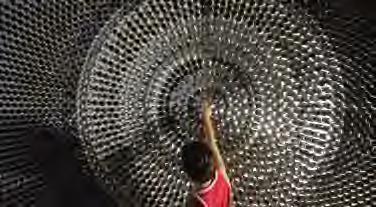
Should Helal have offered his commentary on these difficult times? We have to trust that the painter hasn’t strayed from the demands of his aesthetic principles when he puts his talent to use for the service of his people and his humanist principles. These principles have prevented him from drowning in political matters.
His arranged soldiers don’t indicate that he will become a political painter even though the war that his country is witnessing has touched him to the core. This is to be expected from an artist whose goal is to reach a refined level of humanist sensitivity in his creations. His paintings that deal with a social dimension employ a mixture of satire and sadness. At the same time, they don’t stray from the aesthetic principles that Thaier Helal has adhered to throughout his career. His principles fly in the face of the kind of easy beauty produced by chance.
Helal never leaves room for happenstance in his art; each repeating unit that he paints falls in the right place and is a product of careful forethought. He tempers despair with an almost athletic rationalism and is thereby able to present a balanced expression of his emotions. Such balance allows him to constantly reinvent his techniques. Helal is invested in his technical skill and ability, which he develops through imaginary expeditions into nature. He paints abstract scenes that depart from and surpass the original subject with the skill of a classical painter. Was he enamored with the architecture of his imagination?
Helal gives us legendary gardens with perfumed blossoms whose scent conjures up a world of the imagination; he shows us a world that expands each time the language of reality shrinks.
In the Service of True Art
Although Thaier Helal learnt the craft of painting in Damascus, his work doesn’t conform to that of the Syrian artisan. Nothing in his paintings indicates an acceptance of the formalist principles that Syrian artisans borrow from vanguard artists. He has boldly claimed his own place in art, shaping his own identity from unique elements that constitute a victory over the craft. Helal is wise for having placed his talent in the service of true art. His works expand the arena of the Syrian artisan, who has been constrained by dogmatic theories for too long.
Translated from the Arabic by Nesrine ChahineThaier Helal
A leading figure in contemporary Syrian art, Thaier Helal’s large mixed media works are considered at the forefront of contemporary abstraction in the Middle East. Drawing inspiration from the physical and sensory aspects of the world around him, Helal explores the dynamism of space as it is reshaped by the fluctuation of society and culture. His canvases communicate movement and energy through explosions of colour, the meticulous division of the picture plane, and the repetitive layering of the surface. Although utilising the leitmotifs of contemporary painting, the artist’s deliberate approach is reminiscent of the formalism of Islamic art, which relies on units as part of a larger whole to communicate a sense of wonder when alluding to the sublime.
Recently, Helal has employed images of the Syrian Army taken from various media in haunting compositions that isolate the mechanisms of warfare. Isolating such stark imagery against a black background, Helal confronts the abject reality that currently besieges Syrians while pointing to the increased militarisation of global society.
Born in Syria in 1967, Thaier Helal graduated from the Faculty of Fine Arts, Damascus before relocating to Sharjah in the 1990s, where he currently lives and works. He is the recipient of numerous awards including the Grand Gold Award at the Contemporary Painting Biennial, Tehran (2005); and the Award for Painting at the Sharjah International Biennial (1997). Helal has also contributed to the development of regional art as a longtime faculty member of the University of Sharjah, Fine Arts College.
Selected solo exhibitions for the artist include Ayyam Gallery Dubai, DIFC (2014, 2012); Ayyam Gallery Cairo (2011); Ayyam Gallery Beirut (2010); Ayyam Gallery Damascus (2010); Green Art Gallery, Dubai (2006, 2003); Cultural Foundation, Abu Dhabi (2002); and Sharjah Art Museum (2000). Helal’s works have been featured in group exhibitions and events such as Fluid Forms II, Samsung Blue Square and Busan Museum of Art, South Korea (2014); Art Abu Dhabi (2013-2009), Art Dubai (20132010); Alexandria Biennale (2009); Contemporary Painting Biennial, Tehran (2005); Imagining the Book International Biennale, Alexandria (2005); Asian Art Biennale, Bangladesh (2002, 1997, 1995); and the Sharjah Biennial (1999, 1997, 1995).







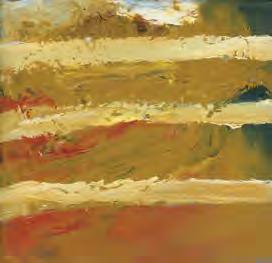
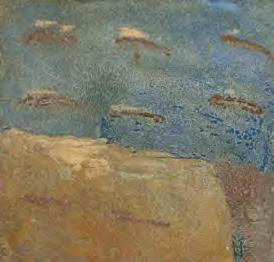












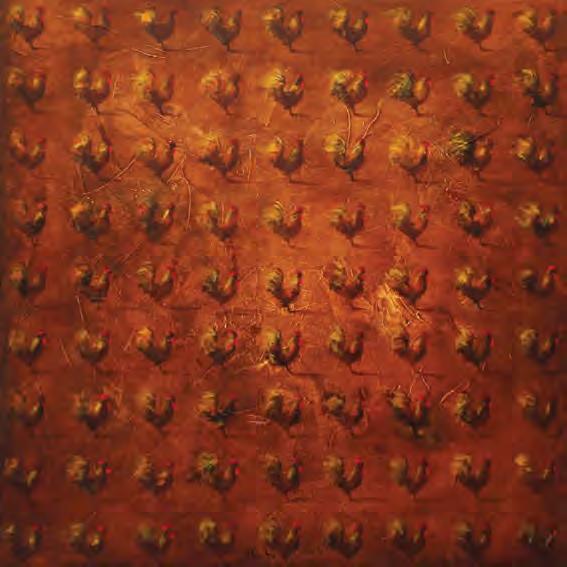


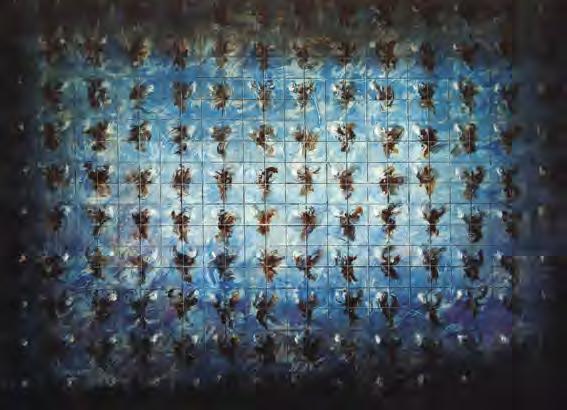 Untitled 2004 - 2005
Acrylic on canvas 200 x 150 cm
Untitled 2004 - 2005
Acrylic on canvas 200 x 150 cm

 Untitled 2005
Acrylic on canvas 150 x 150 cm
Untitled 2004
Untitled 2005
Acrylic on canvas 150 x 150 cm
Untitled 2004







 Untitled 2006
Mixed media on canvas 200 x 200 cm
Untitled 2007
Untitled 2006
Mixed media on canvas 200 x 200 cm
Untitled 2007



 Untitled 2007
Acrylic on canvas 140 x 140 cm
Untitled 2007
Untitled 2007
Acrylic on canvas 140 x 140 cm
Untitled 2007

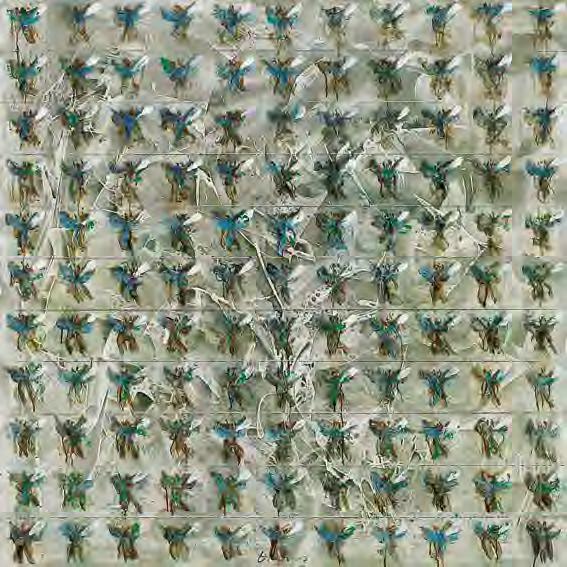



 Ceremony 2008
Mixed media on canvas 140 x 140 cm
Untitled 2007
Ceremony 2008
Mixed media on canvas 140 x 140 cm
Untitled 2007

 Rain 2008
Mixed media on canvas 140 x 140 cm
Snow on the Mountain 2007
Rain 2008
Mixed media on canvas 140 x 140 cm
Snow on the Mountain 2007

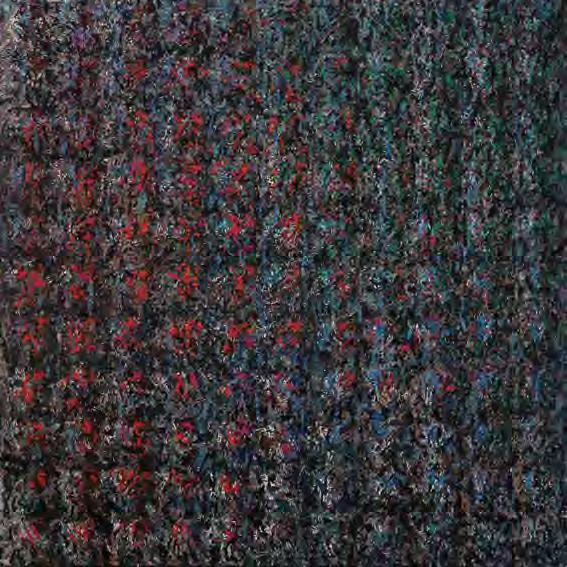 PomegranateField 2008
Mixed media on canvas 140 x 140 cm
CherryField 2007
PomegranateField 2008
Mixed media on canvas 140 x 140 cm
CherryField 2007




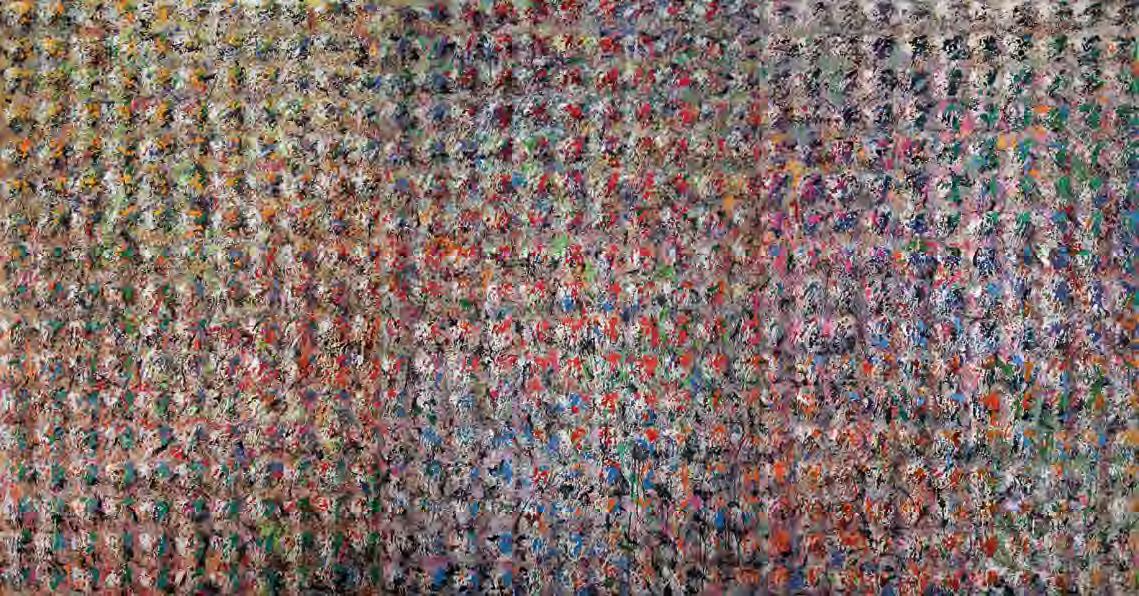




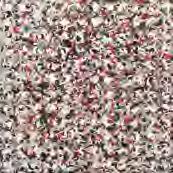









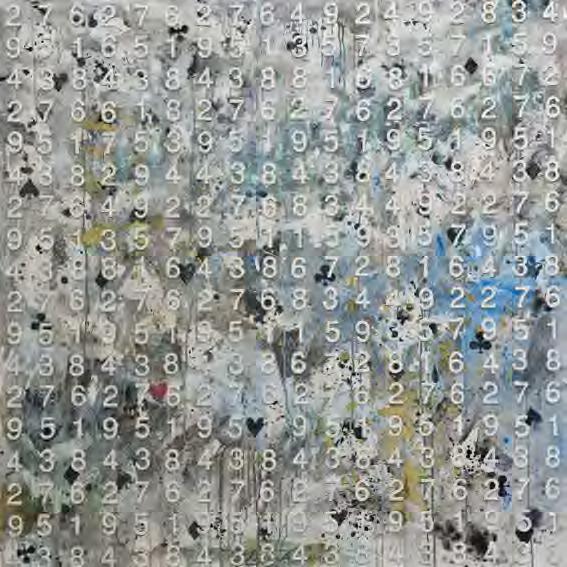
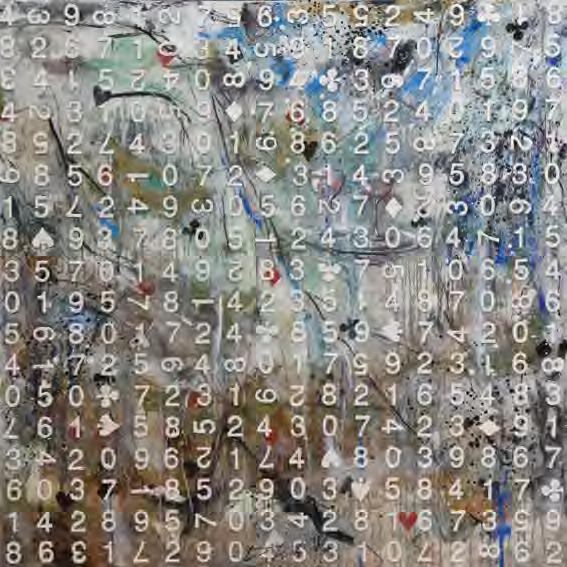 Untitled 2008
Mixed media on canvas 140 x 140 cm
Untitled 2008
Untitled 2008
Mixed media on canvas 140 x 140 cm
Untitled 2008





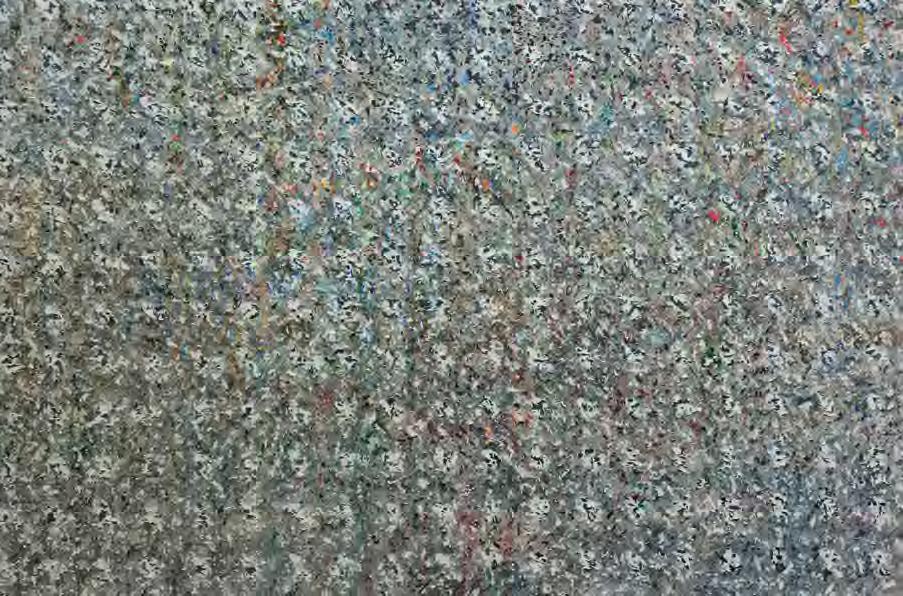



 Untitled 2008
Mixed media on canvas 90 x 90 cm
Untitled 2008
Untitled 2008
Mixed media on canvas 90 x 90 cm
Untitled 2008





 A Glance from Above 2009
Mixed media on canvas 140 x 140 cm
Untitled 2009
A Glance from Above 2009
Mixed media on canvas 140 x 140 cm
Untitled 2009

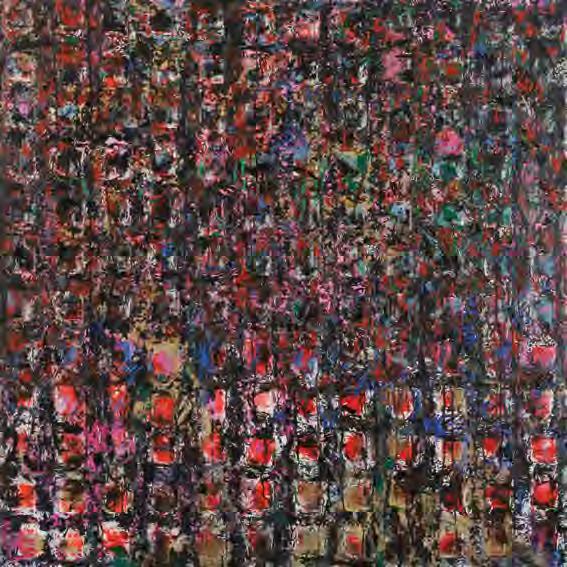 Untitled 2009
Mixed media on canvas 100 x 100 cm
Untitled 2009
Untitled 2009
Mixed media on canvas 100 x 100 cm
Untitled 2009
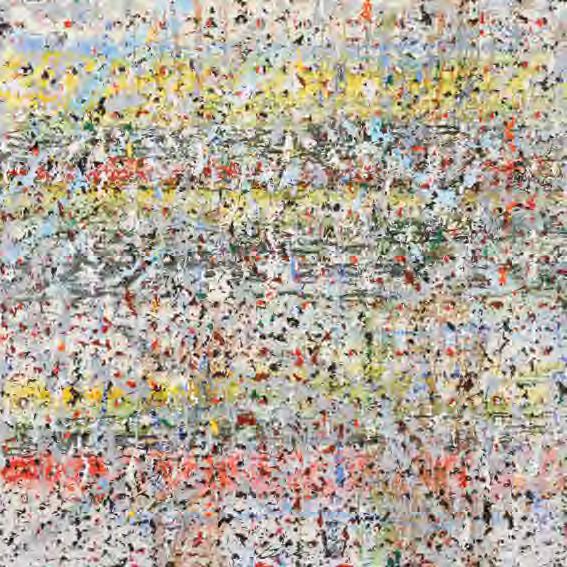
 Untitled 2009
Mixed media on canvas 120 x 120 cm
Untitled 2009
Untitled 2009
Mixed media on canvas 120 x 120 cm
Untitled 2009
 Untitled 2009
Untitled 2009





 Rainbow detail 2009
Mixed media on canvas 180 x 180 cm
Rainbow detail 2009
Rainbow detail 2009
Mixed media on canvas 180 x 180 cm
Rainbow detail 2009

 Rainbow detail 2009
Mixed media on canvas 180 x 180 cm
Rainbow detail 2009
Rainbow detail 2009
Mixed media on canvas 180 x 180 cm
Rainbow detail 2009

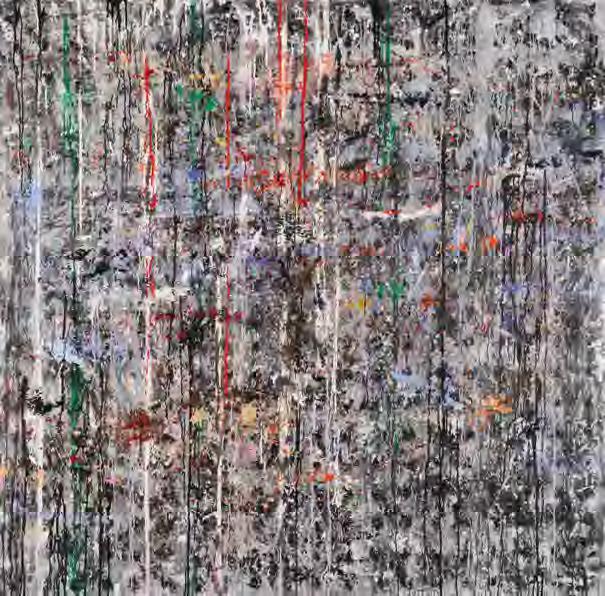
 Untitled 2009
Untitled 2009




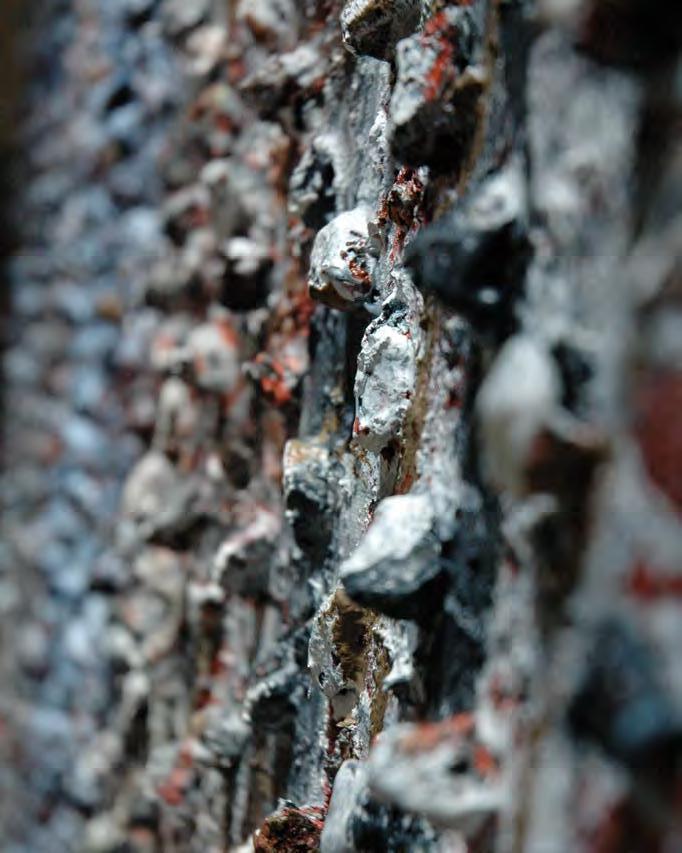
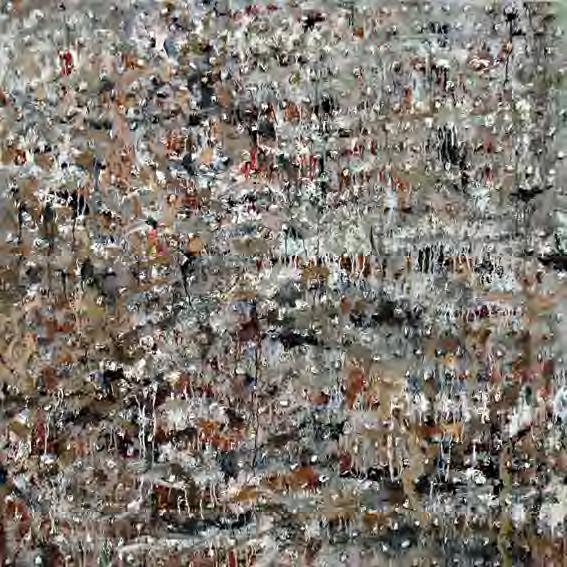 Untitled 2010
Untitled 2010

 Untitled 2010
Mixed media on canvas 140 x 140 cm
Untitled 2010
Untitled 2010
Mixed media on canvas 140 x 140 cm
Untitled 2010
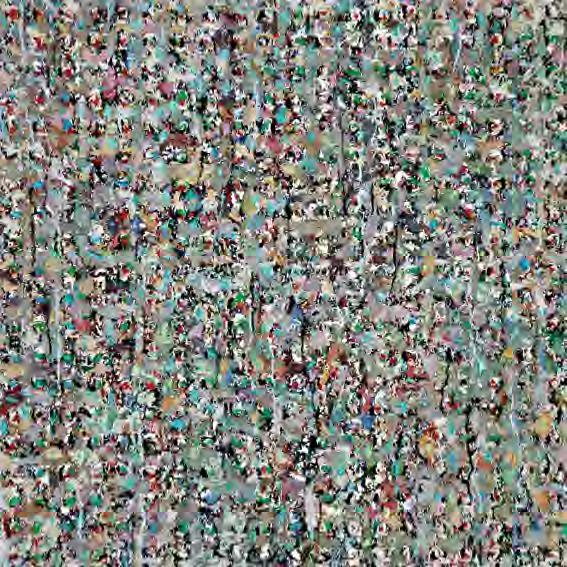
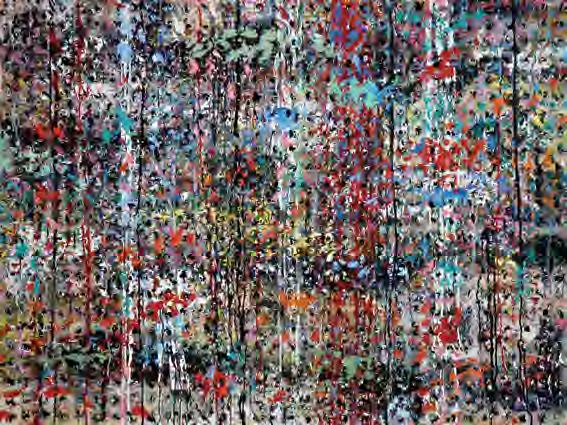


 Untitled 2010
Mixed media on canvas 90 x 180 cm
Untitled 2010
Untitled 2010
Mixed media on canvas 90 x 180 cm
Untitled 2010


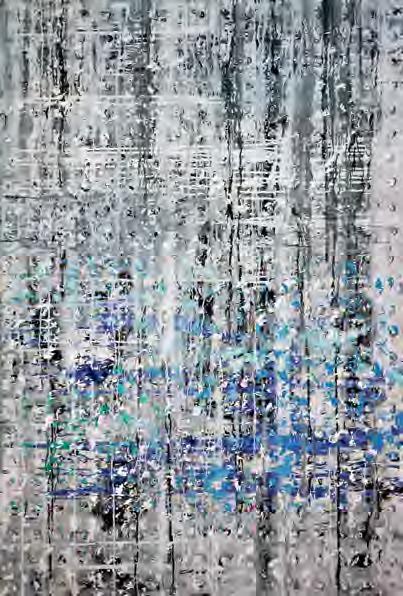
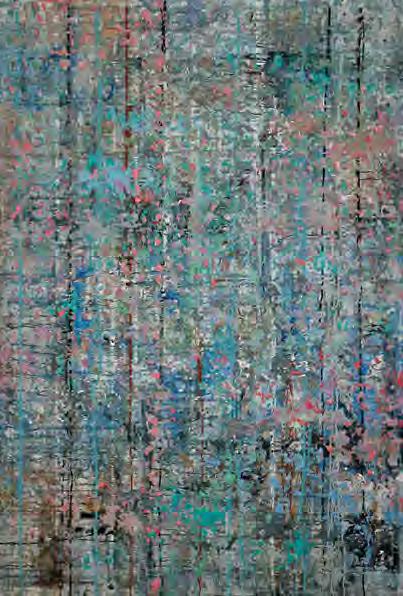

 Untitled 2010
Mixed media on canvas 120 x 180 cm
Untitled 2010
Untitled 2010
Mixed media on canvas 120 x 180 cm
Untitled 2010


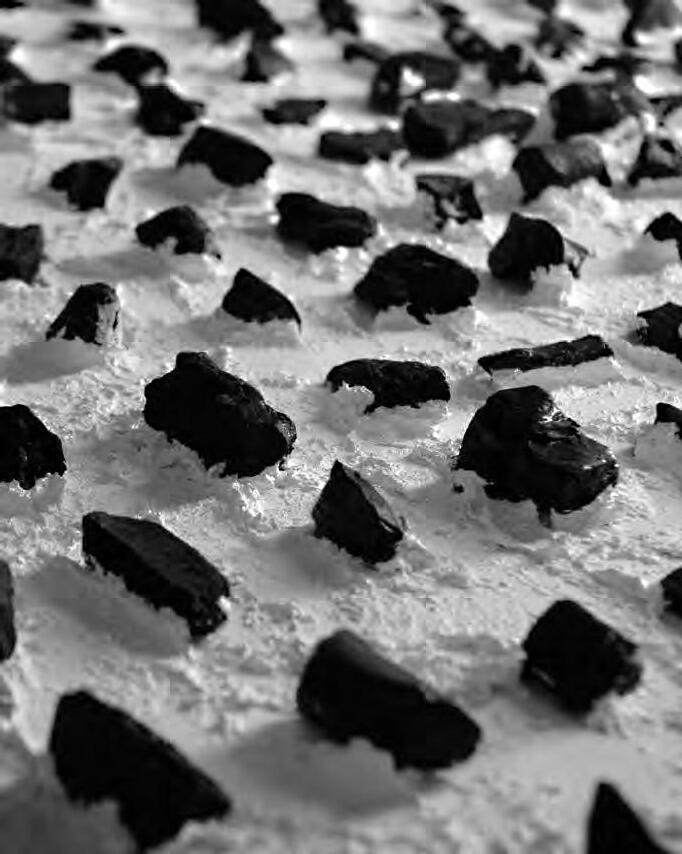
 Untitled 2010
Untitled 2010

 Untitled 2010
Mixed media on canvas 90 x 90 cm
Untitled 2010
Untitled 2010
Mixed media on canvas 90 x 90 cm
Untitled 2010
 Untitled 2010
Untitled 2010

 Dareya 2012
Mixed media on canvas 120 x 120 cm
Helfaya 2012
Dareya 2012
Mixed media on canvas 120 x 120 cm
Helfaya 2012



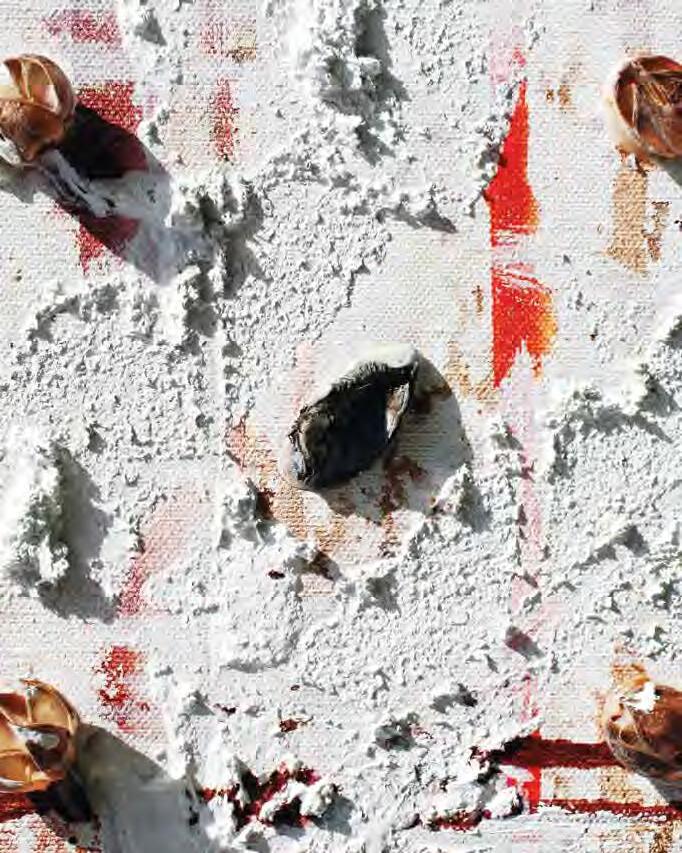



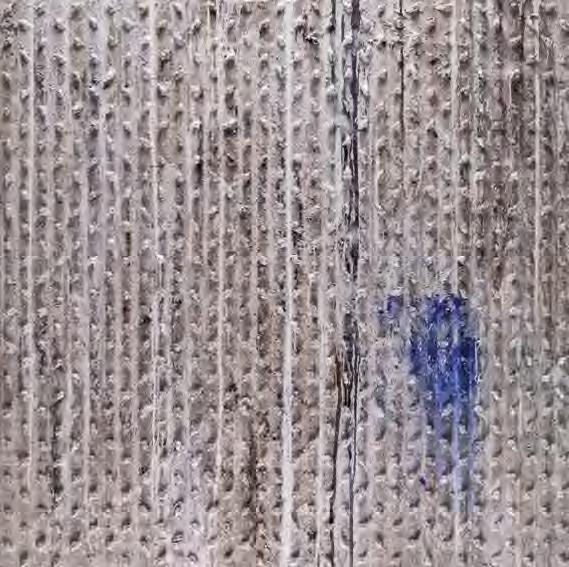
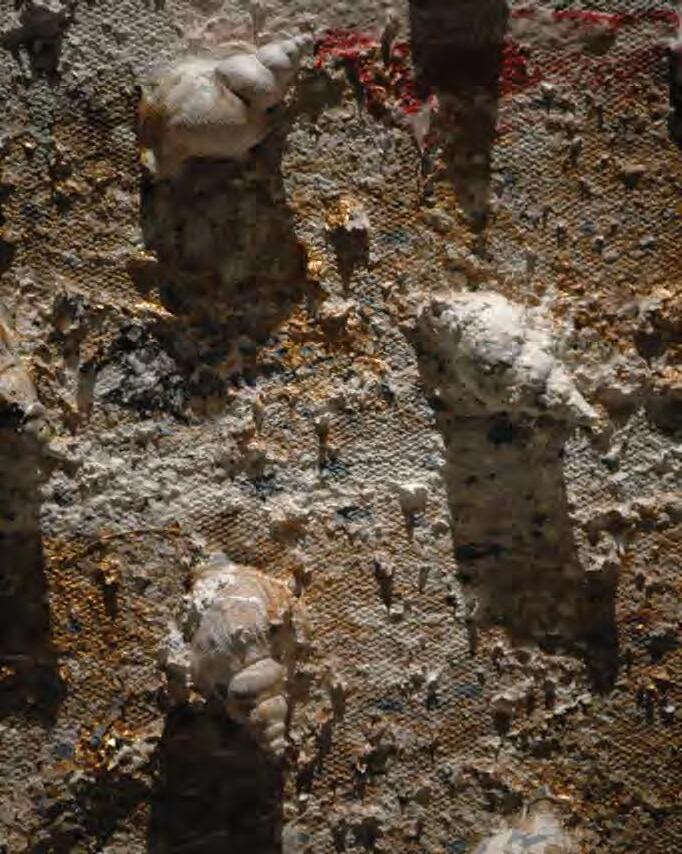

 Untitled 2013
Mixed media on canvas 70 x 100 cm
Untitled 2013
Untitled 2013
Mixed media on canvas 70 x 100 cm
Untitled 2013

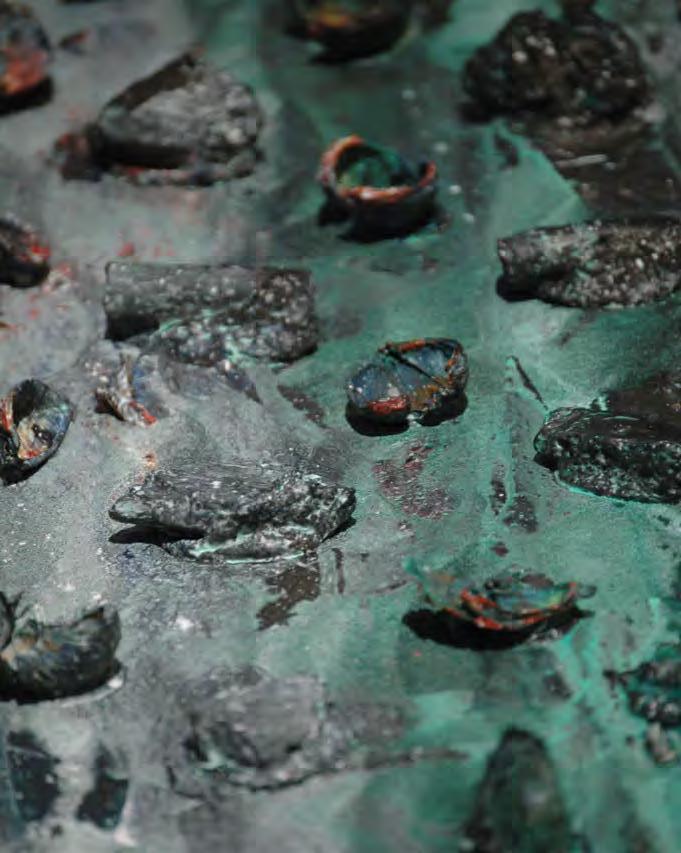

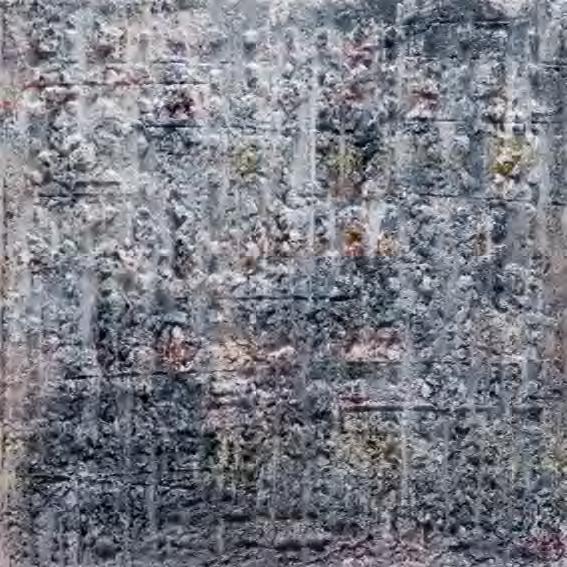 Untitled 2014
Mixed media on canvas 120 x 120 cm
Untitled 2014
Untitled 2014
Mixed media on canvas 120 x 120 cm
Untitled 2014


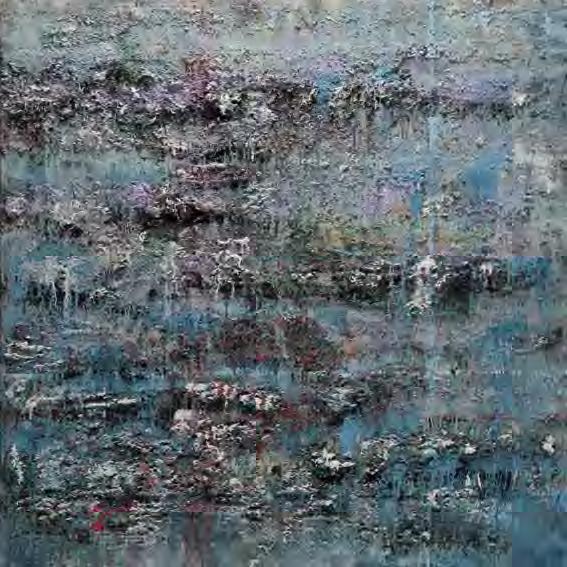





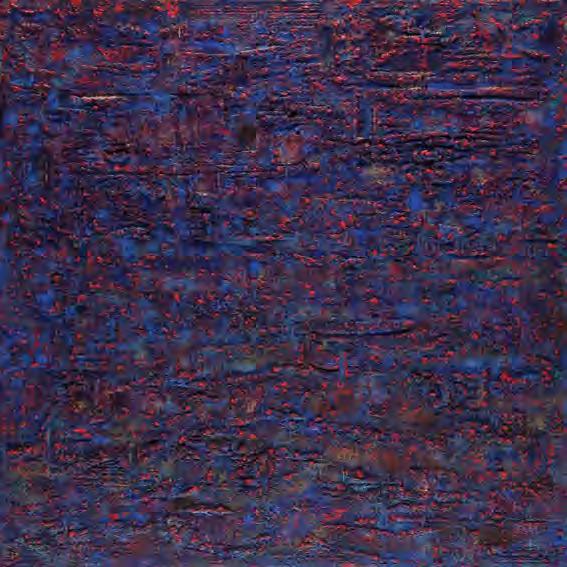
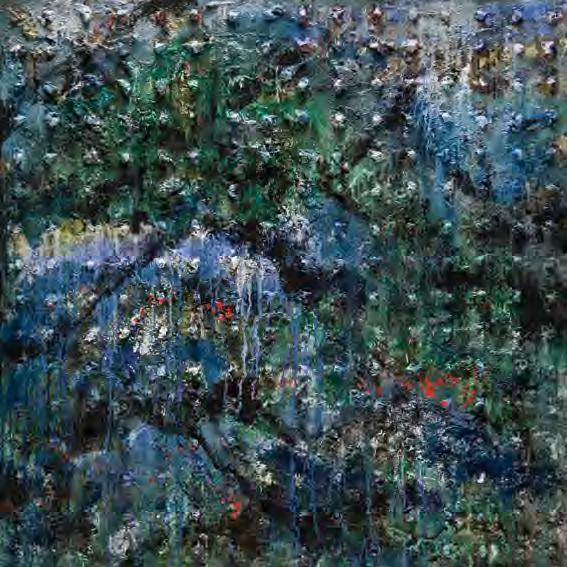
 SpringontheMountainI 2014
Mixed media on canvas 120 x 120 cm
Autumn on the Mountain 2014
SpringontheMountainI 2014
Mixed media on canvas 120 x 120 cm
Autumn on the Mountain 2014



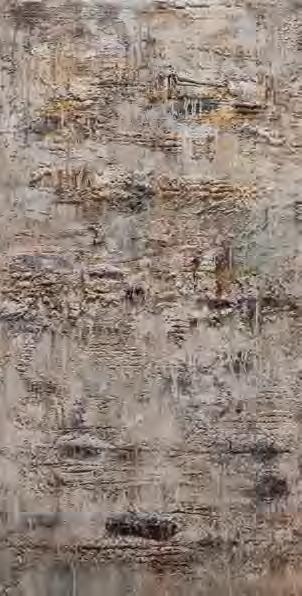



 The Road to Deir Mar Musa Al-Habashi I 2014
Mixed media on canvas 70 x 100 cm
The Road to Deir Mar Musa Al-Habashi II 2014
The Road to Deir Mar Musa Al-Habashi I 2014
Mixed media on canvas 70 x 100 cm
The Road to Deir Mar Musa Al-Habashi II 2014

 The Road to Deir Mar Musa Al-Habashi III
2014
Mixed media on canvas 70 x 100 cm
The Road to Deir Mar Musa Al-Habashi IV
2014
The Road to Deir Mar Musa Al-Habashi III
2014
Mixed media on canvas 70 x 100 cm
The Road to Deir Mar Musa Al-Habashi IV
2014

 QalamounMountainsI 2014
Mixed media on canvas 100 x 70 cm
QalamounMountainsII 2014
QalamounMountainsI 2014
Mixed media on canvas 100 x 70 cm
QalamounMountainsII 2014

 QalamounMountainsIII 2014
Mixed media on canvas 100 x 70 cm
QalamounMountainsIV 2014
QalamounMountainsIII 2014
Mixed media on canvas 100 x 70 cm
QalamounMountainsIV 2014



Assemblages 2011-2014
As early as 2008, Thaier Helal began incorporating found objects as semiotic details of his neo-expressionist compositions. Although intended as temporal signs or artifacts of implied spaces, these added components simultaneously heightened the level of tactility that has long been central to his method of abstraction. Over time, Helal’s materials grew in range, and included organic, three-dimensional objects such as shells and stones.
In 2011, the artist began utilising the stuff of modern life: mass-produced things that, when brought together in such dizzying compositions, undeniably possess political undertones. The catalogue that follows features reproductions of works that can be classified as assemblages or conceptual paintings, in the absence of historical precedents.
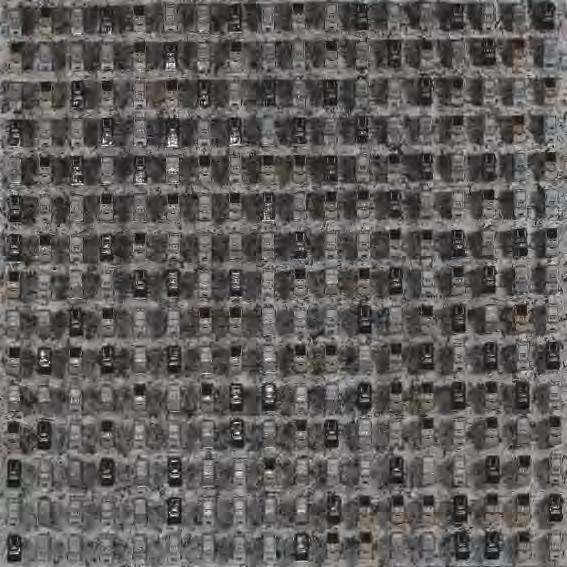
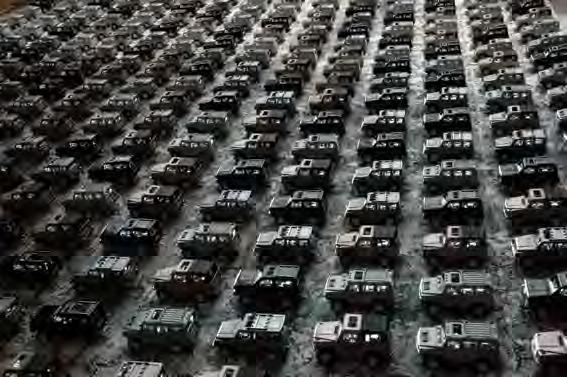

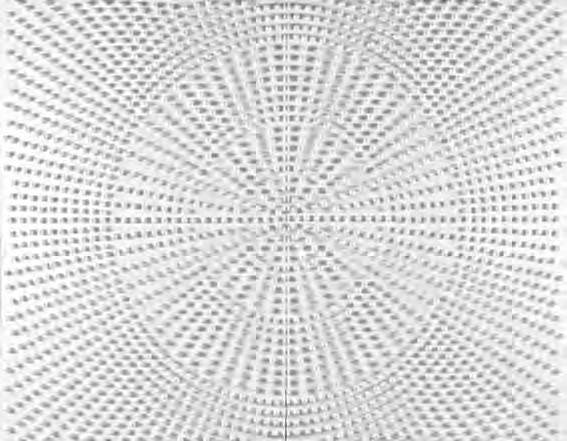








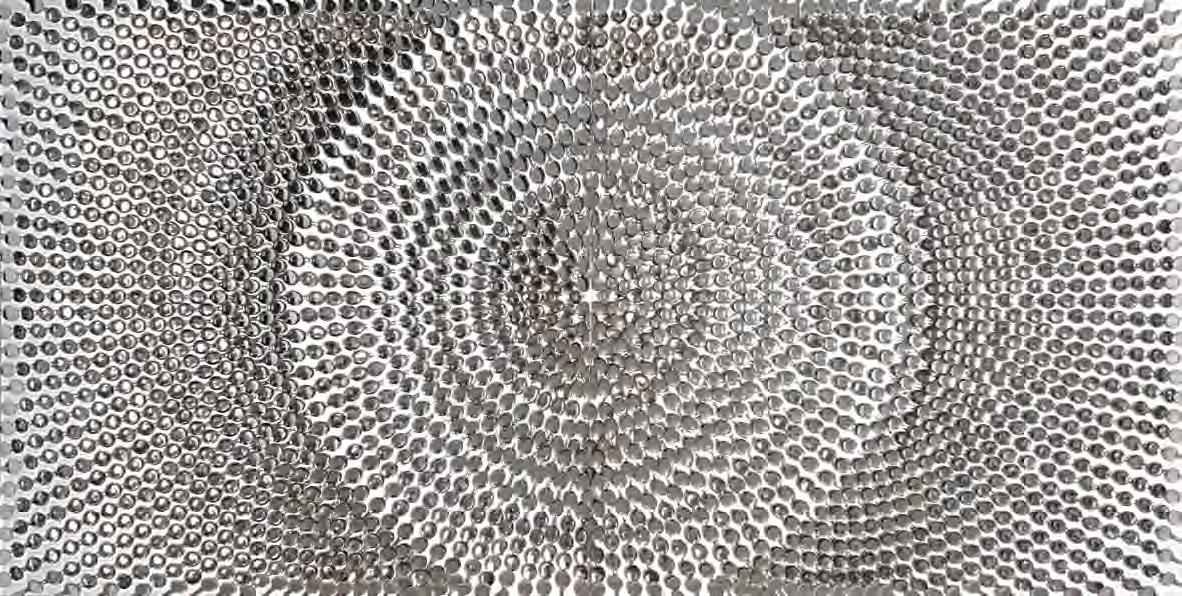
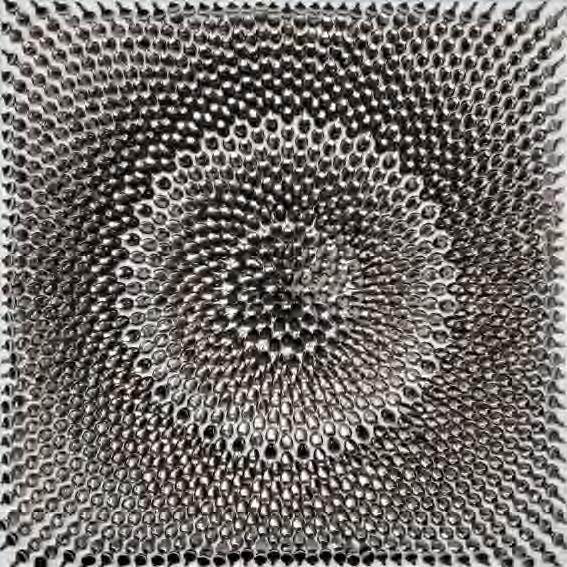
 The White Omen 2013
Spoons on wooden panel 168 x 165 cm
The White Omen 2013
Spoons on wooden panel 168 x 165 cm


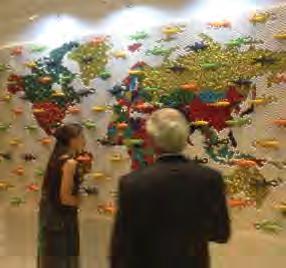






 Untitled 2014
Mixed media on canvas
Untitled 2014
Mixed media on canvas


Jules McDevitt
Jules McDevitt is an Islamic art specialist educated at The School of Oriental and African Studies (SOAS) in London. As one of the founding members of the curatorial department at the Museum of Islamic Art in Doha, Qatar she spent five years researching, cataloguing, and publishing on one of the world’s largest and most comprehensive collections of Islamic art. Her crossover into modern and contemporary Near and Middle Eastern art has seen her working as an independent consultant and curator at commercial art galleries, institutions, and projects across the Arabian Gulf. She is now permanently based at Ayyam Gallery in Dubai.
Maymanah Farhat is a New York-based art historian specialising in modern and contemporary Arab art. Farhat has curated exhibitions in the United States, Qatar, the United Arab Emirates, and Lebanon and is a curatorial advisor to the Arab American National Museum. Her reviews and essays have appeared in publications such as ArtAsiaPacific magazine, Art Journal, Callaloo: Journal of African Diaspora Arts and Letters, and Journal of Middle East Women’s Studies, in addition to anthologies, monographs, and exhibition catalogues.
She is the Artistic Director and Chief Writer of Ayyam Gallery.
Farouk Yousif
Farouk Yousif is a poet and art critic based in Sweden who studied at the Academy of Fine Arts in Baghdad, Iraq, where he was born. He is the author of several books of poetry, fiction, and art criticism, including The Mask of Paintings (2006) and Biography of the Invisible (2011); and has also published a series of travelogues.
Yousif was the recipient of the Ibn Battuta award in 2006 for his book Nothing Nobody, and is a member of the Swedish Writers’ Union. He has served as an art critic for Arabic-language newspapers such as Al Hayat Al-Quds Al-Arabi and An-Nahar
Founded in Damascus in 2006, Ayyam Gallery is recognised as a leading cultural voice in the region, representing a roster of Middle Eastern artists with an international profile and museum presence. Spaces in Beirut, Dubai, Jeddah, and London have further succeeded in showcasing the work of Middle Eastern artists with the aim of educating a wider audience about the art of this significant region.
Ayyam GalleryThe mixed media paintings of leading Syrian artist Thaier Helal are considered at the forefront of contemporary abstraction in the Middle East. Drawing inspiration from the physical and sensory aspects of his surroundings, Helal explores the dynamism of space as it is reshaped by the fluctuation of society and culture. His canvases communicate movement and energy through explosions of colour, meticulous divisions of the picture plane, and a repetitive layering of the surface. Although utilising the leitmotifs of contemporary painting, the artist’s deliberate approach is reminiscent of the formalism of Islamic art, which relies on units as part of a larger whole to communicate a sense of wonder when alluding to the sublime.
Born in 1967 in an agricultural community at the base of the Qalamoun Mountains, Helal developed an intuitive connection to nature at a young age, which he later explored through figurative expressionism while studying under seminal Syrian artists at the University of Damascus. Helal first exhibited in Syria in the late 1980s while still a student at the institution’s Faculty of Fine Arts, and relocated to the United Arab Emirates in 1993, where he began to teach art at the university level. Once settled in Sharjah, he began to experiment with various methods of painting after receiving encouragement from pioneering conceptual artist Hassan Sharif. Through a series of trials over the course of several years, Helal arrived at a theoretical approach to painting that renders observed forms and phenomena as abstractions or signs.
In this eponymous monograph on the artist, contributors Farouk Yousif, Maymanah Farhat, and Jules McDevitt outline Thaier Helal’s development while considering the many factors that have contributed to his aesthetic. Complimenting this indepth analysis is a catalogue of images that includes over one hundred and fifty reproductions spanning nearly twenty years.
www.ayyamgallery.com
